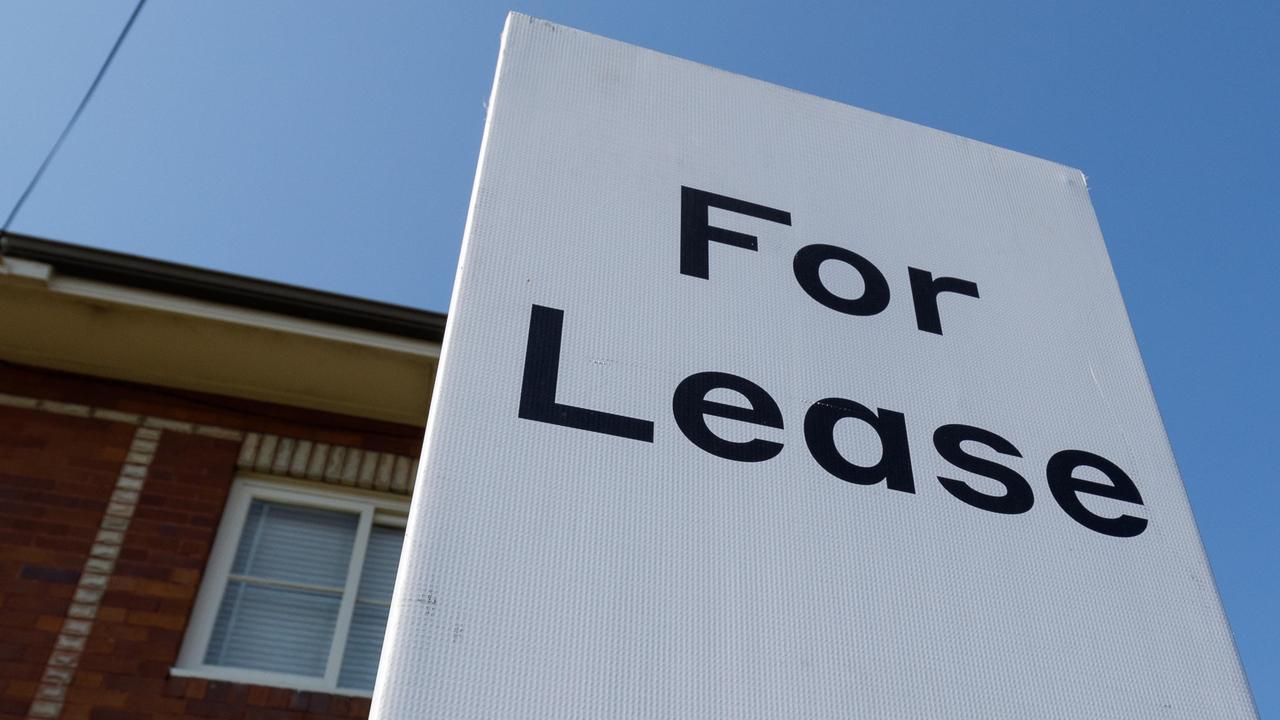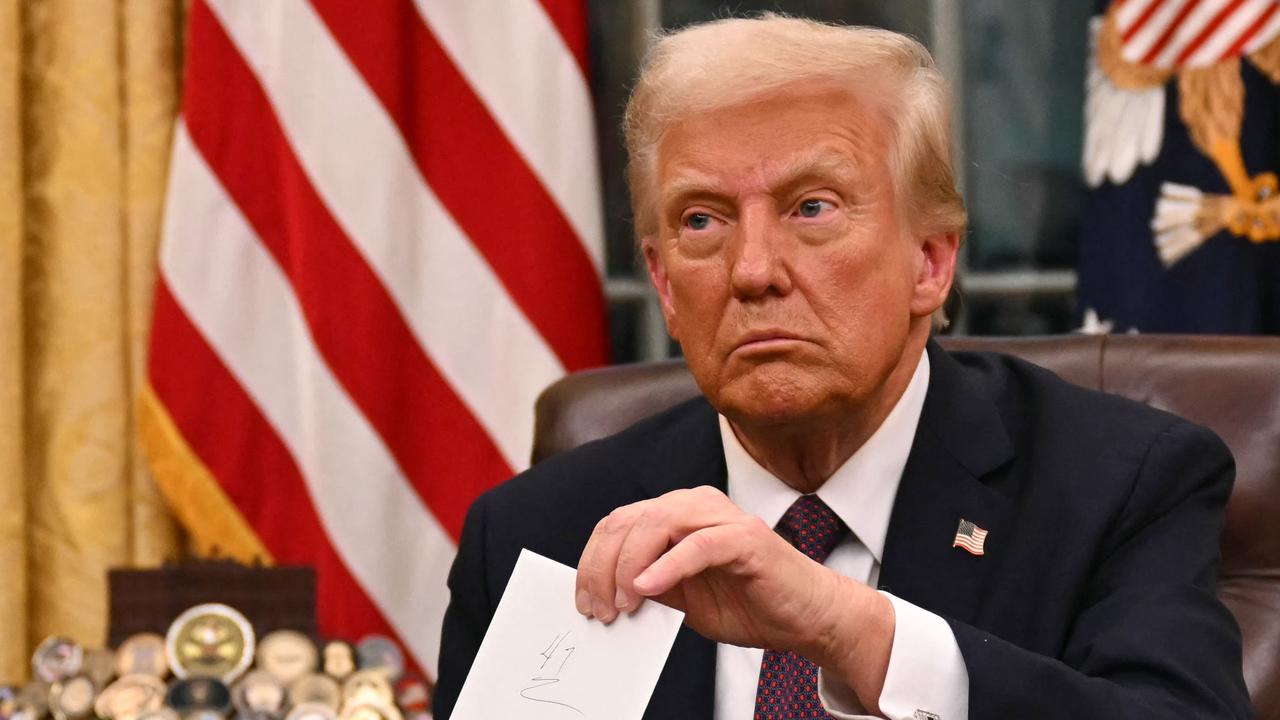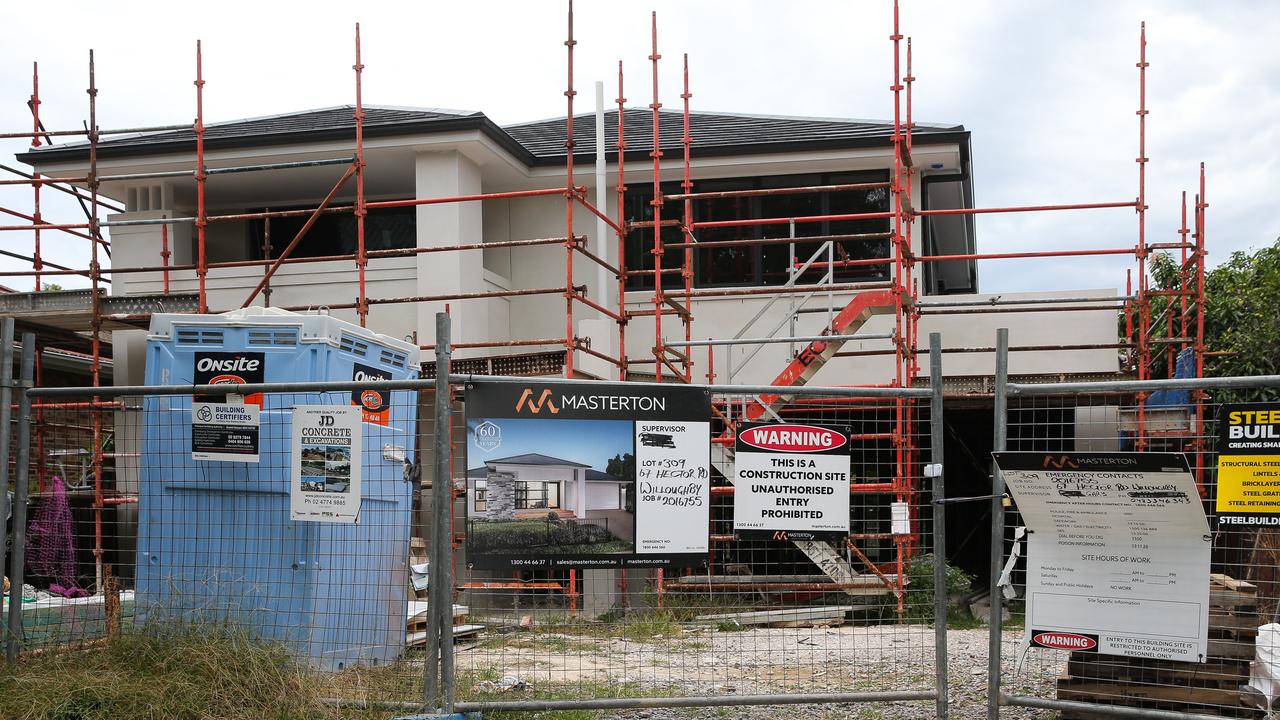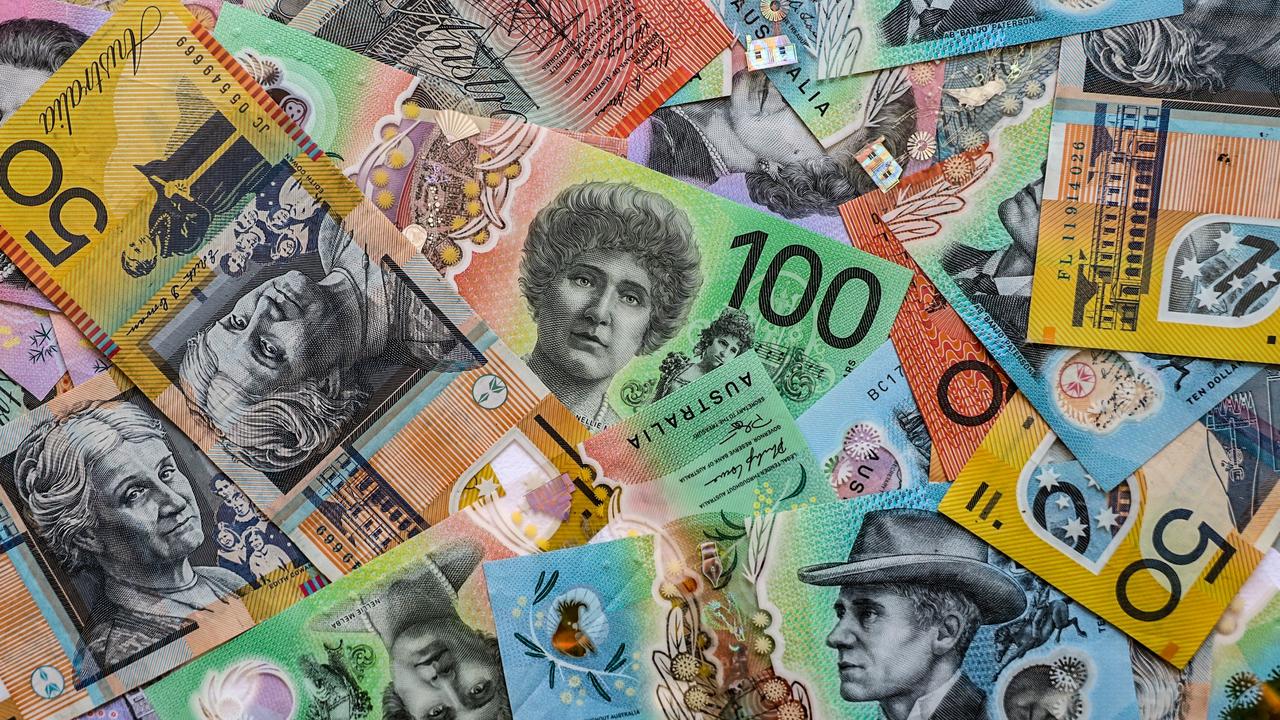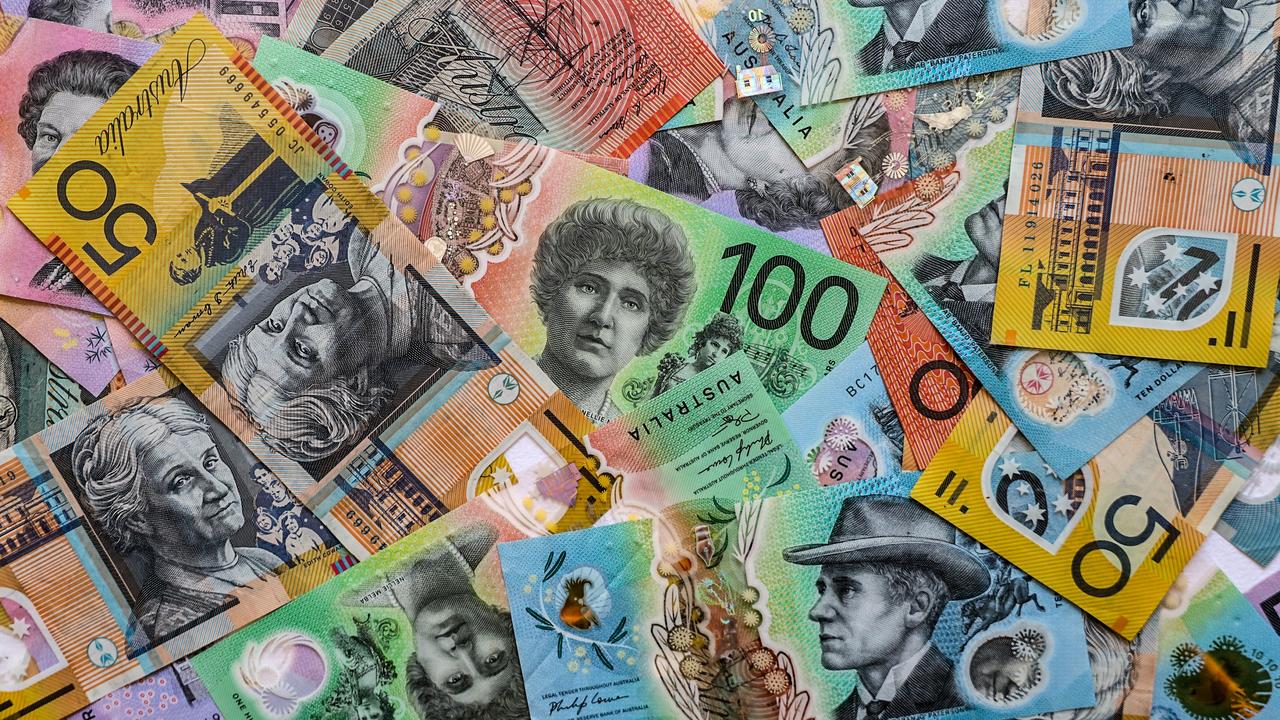Further petrol price pain could force another rate hike, RBA warns
Despite ultimately keeping rates on hold, new RBA governor Michele Bullock considered another hike to the cash rate in early October.
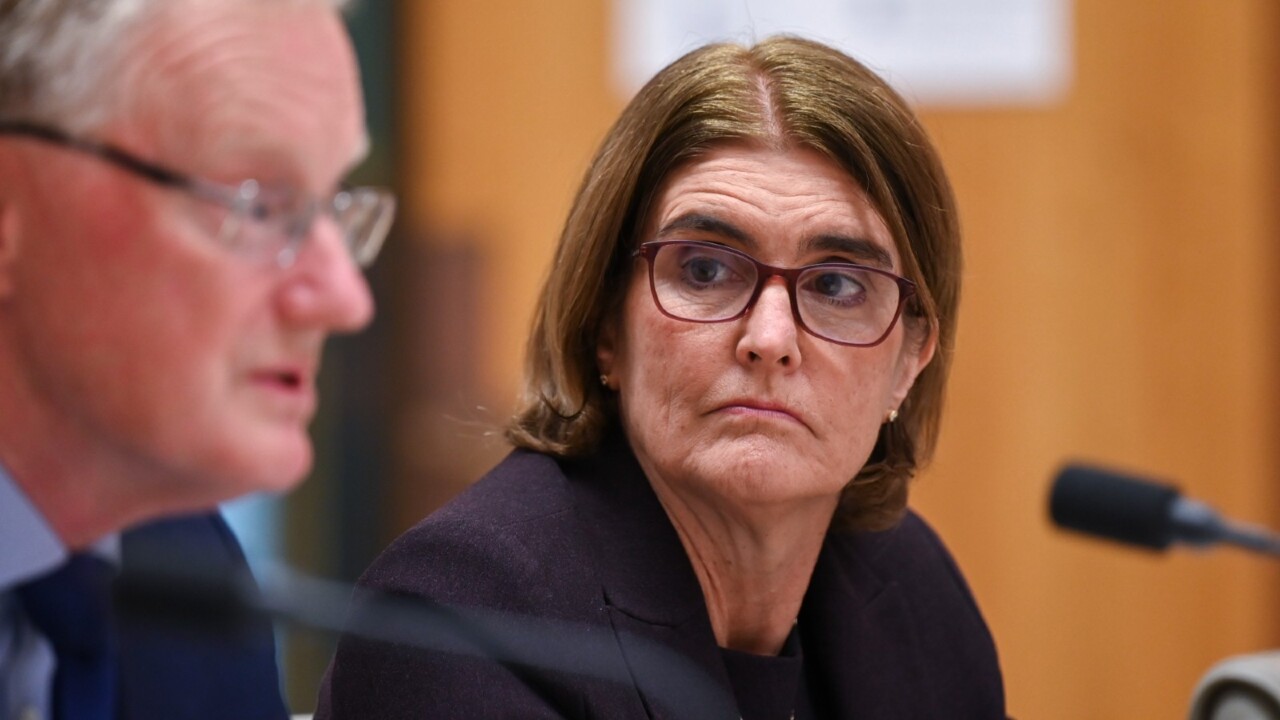
Interest Rates
Don't miss out on the headlines from Interest Rates. Followed categories will be added to My News.
A jump in global oil prices risks worsening the cost of living crunch and derailing the Reserve Bank’s current path to bring inflation to a heel, forcing another rate rise, meeting minutes reveal.
The threat of persistent price pressures led the RBA to consider a further 25 basis point hike to interest rates, bringing the official cash rate to 4.35 per cent, when the bank’s board met earlier this month for the first time with governor Michele Bullock in the top job.
While inflation has broadly trended lower since its peak in December last year, RBA board members said the recent uptick in petrol prices would continue to “underpin inflation over coming months” and could “influence households’ inflation expectations”, according to the minutes of its October 3 board meeting.
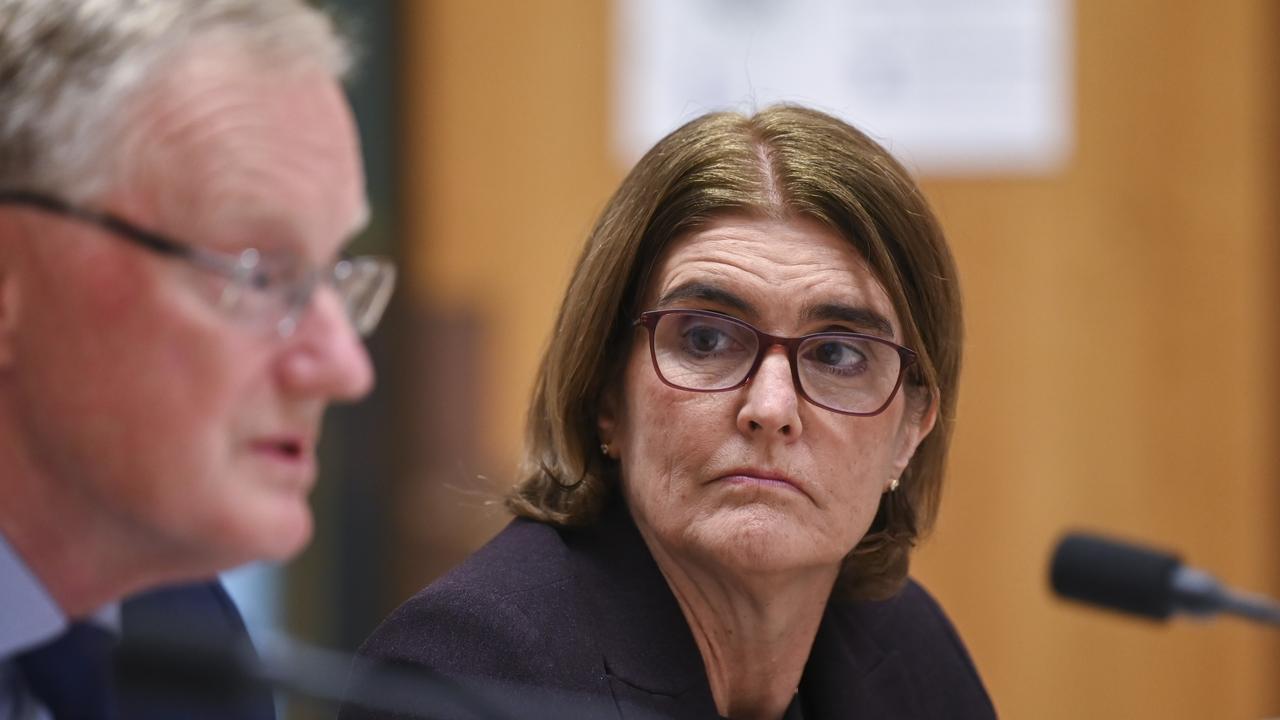
Despite renewed cost pressures at the bowser, the central bank ultimately chose to keep rates on hold at 4.1 per cent for the fourth consecutive month in October, stating that the delayed impact of its interest rate increases would not be fully evident for some months.
“There had not been sufficient new information over the preceding month from economic data or financial markets to necessitate” an increase, the minutes said.
By its next meeting in November on Melbourne Cup day, fresh quarterly inflation data and new jobs numbers will have been released, giving the RBA further evidence as to whether its 12 previous rate hikes were sufficiently restrictive.
Economist are split between whether the RBA will make one final move higher or are finished raising rates this cycle, reinforcing the view that the cash rate will stay higher for longer than previously expected.

Amid warnings oil prices could surge past $100 a barrel, the RBA said oil prices were almost 30 per cent higher than at the end of June and had pushed up inflation.
“Rising energy prices had seen headline inflation pick up in a number of countries over the prior couple of months, including in Australia,” the minutes read.
More price pain at the bowser means the process of getting inflation, currently at 5.2 per cent, to return to the central bank’s 2 to 3 per cent target band could be more difficult.
Indeed, the RBA noted that it had a “low tolerance for a slower return of inflation to target than currently expected” and was open to a further rate rise should inflation prove more persistent.
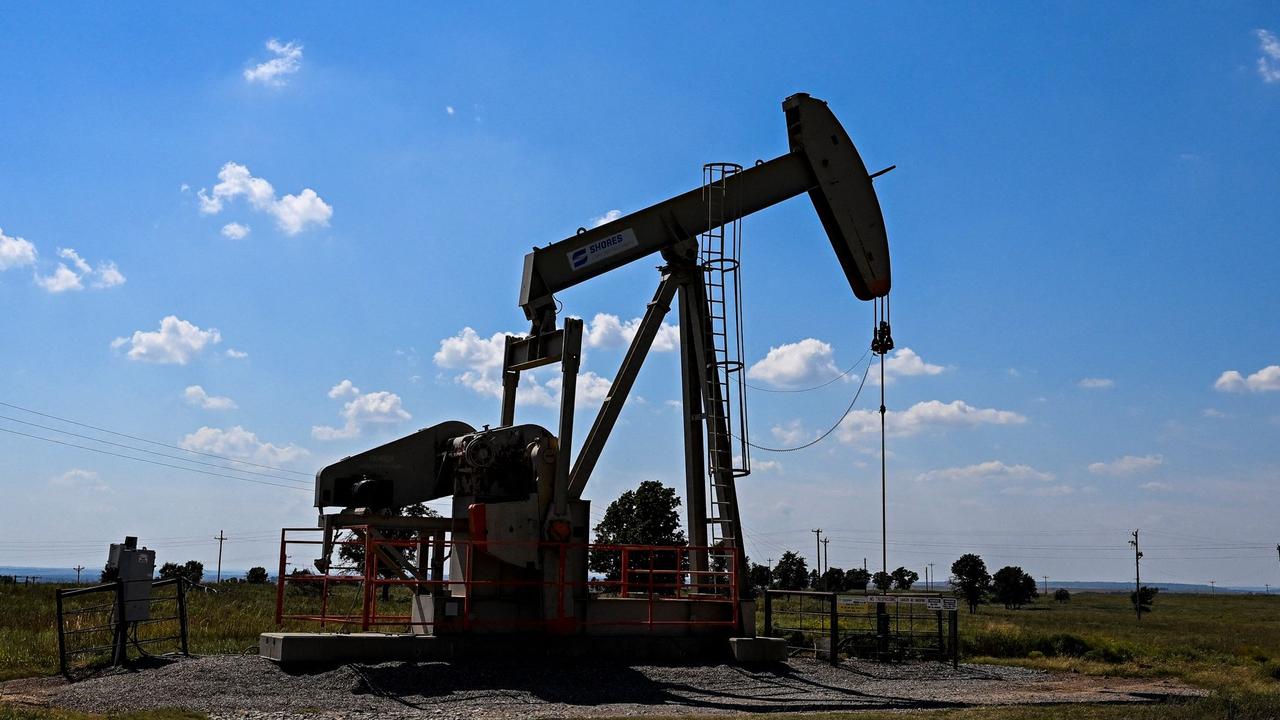
Oil prices wobbled on Monday, initially surging above $US91 a barrel amid renewed fears of an escalation in the Israel-Hamas war, before dropping back below $US90 after reports that the US was nearing a deal to ease sanctions on Venezuela.
An increase in petrol refinery margins following production disruptions in some markets had also added to soaring costs at the bowser, the minutes said.
Across the country, average unleaded petrol prices now sit at 204.1 cents per litre.
With the value of Australia’s housing stock rebounding to $10 trillion, the RBA also sounded caution over the inflationary impact of soaring house prices
“The rise in housing prices could also be a signal that the current policy stance was not as restrictive as had been assumed, although there was other evidence that monetary conditions were tight,” the minutes said.
Originally published as Further petrol price pain could force another rate hike, RBA warns

